First Ride Review: Specialized S-Works Prevail II with ANGi – cooler heads prevail
Specialized are proclaiming that their latest iteration of the Prevail – weighing in at 265 grams – is their lightest and most well-ventilated helmet ever. That’s the spiel, anyway. So for the sum of € 279 and the inclusion of its cryptic acronym ANGi, what exactly are riders getting? Here’s what you need to know.

The Specialized S-Works Prevail II in detail
Specialized are well versed in high performance equipment, continually hitting the balance between comfort, a low weight and aerodynamics. These are the very same traits that they’ve deployed in the latest Prevail model, which has been through the development tunnel once more. It is allegedly far superior than just being light and well ventilated – after all, that’s what most of the competition can do these days. On close reflection you’ll see where the Prevail II distinguishes itself: alongside the new MIPS SL construction, the ANGi – which stands for ‘Angular and G-Force Indicator’ sensor – raises its safety credentials.
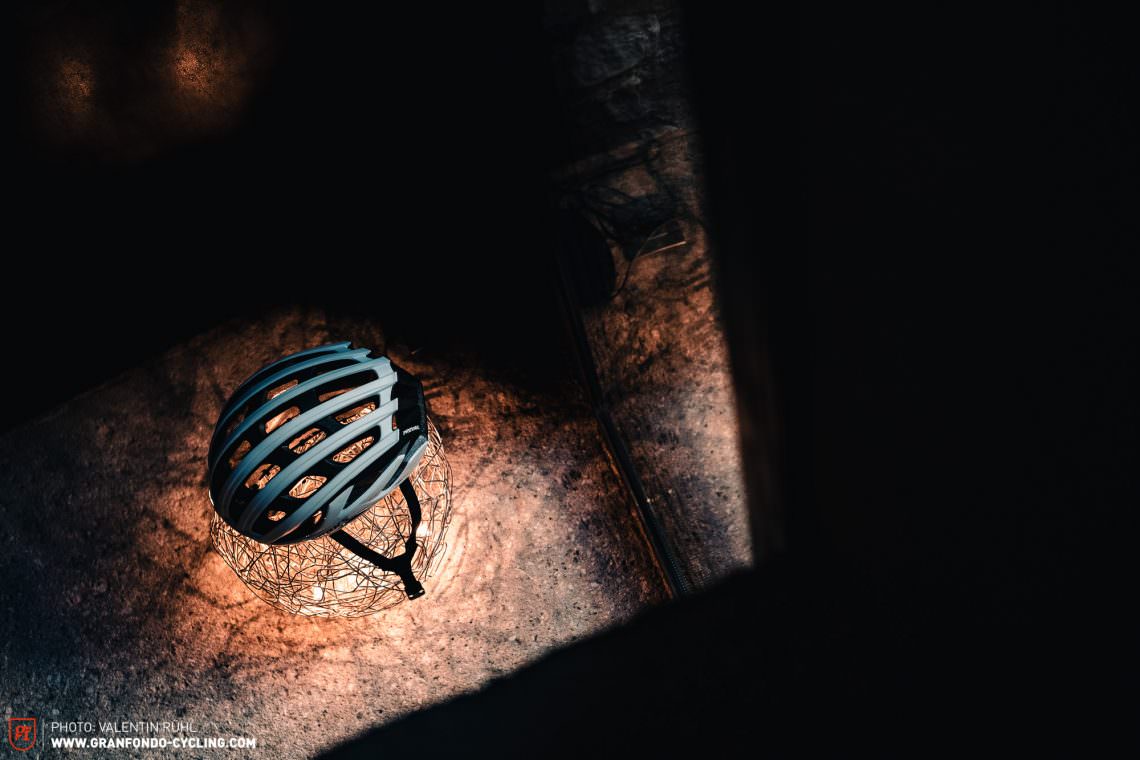

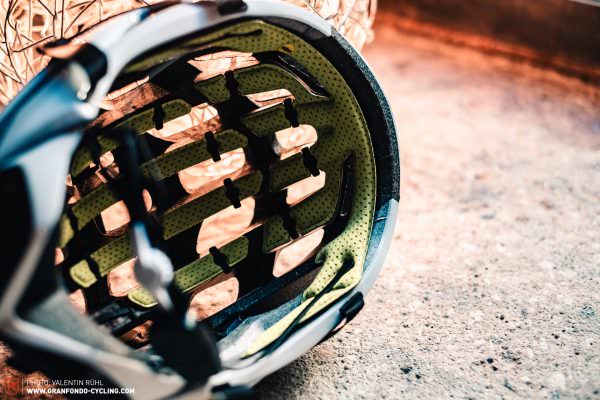
The S-Works design is unmistakable, but the real updates are hidden in the details: a less angular front, and a bold move away from the whale shark-esque look of the Prevail I. The back of the helmet has been touched up in what constitutes the most visible upgrade to the Prevail II, with a more understated approach to the spoiler-type back lip with fluid lines merging with the exposed EPS foam. This emphasizes the helmet’s generous air vents, making them look bigger than they are. With six colorways, there’s something for every taste. Inside the helmet the black and grey tones of the EPS foam sit alongside the neon green of the MISP SL padding. An offshoot of the well-known MIPS system, this padding reportedly offers the same level of protection as the MIPS C, B or E series – without compromising on weight. However, alongside the identity-defining interplay of weight and comfort gains on the new Prevail II, the biggest draw for the new model (and the majority of other Specialized 2019 helmets), is the integrated ANGi sensor.
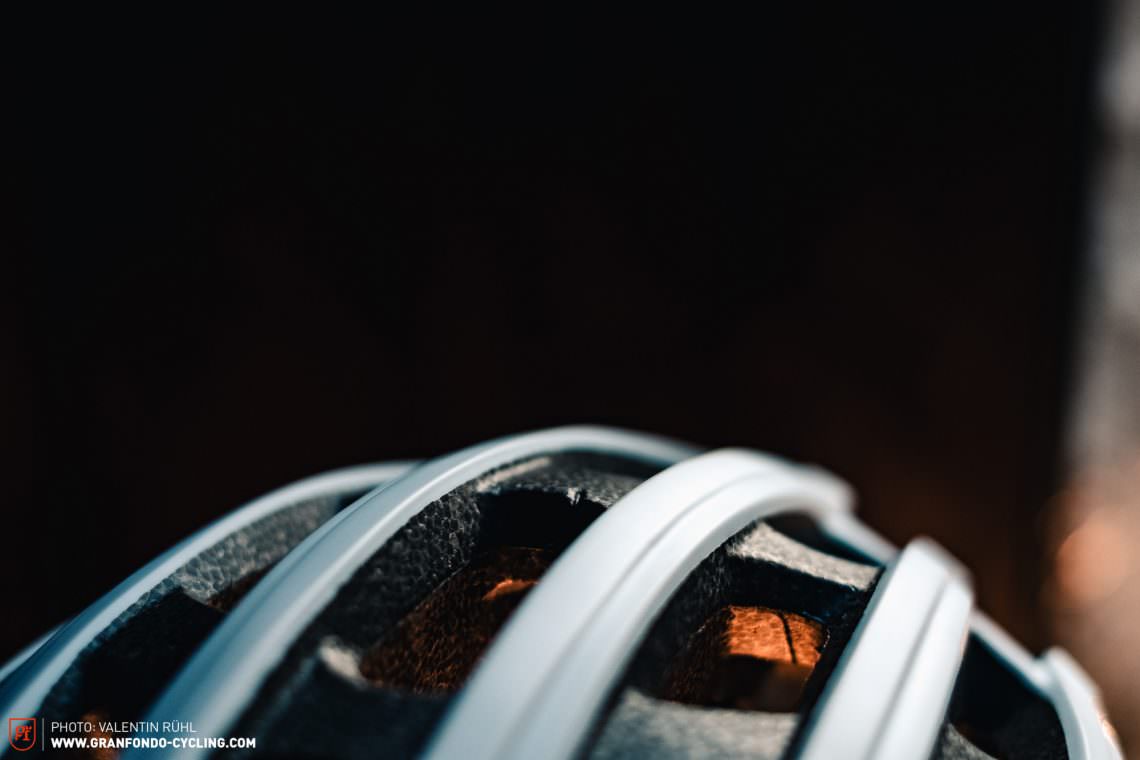
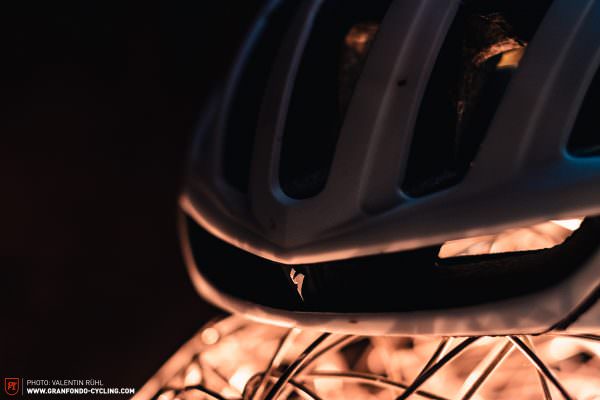
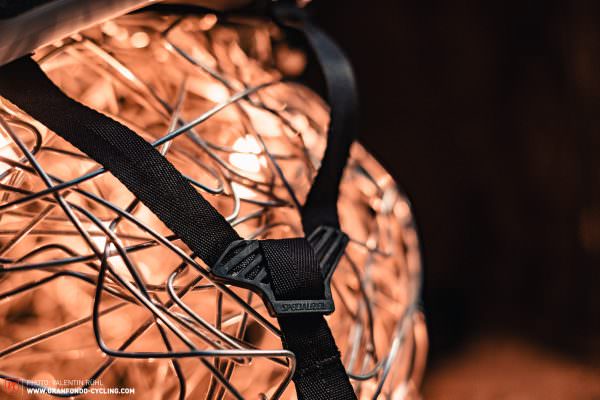
ANGi
The ‘Angular and G-Force Indicator’ is a helmet-mounted sensor with a built-in accelerometer and gyroscope that measures the rotational forces during a crash. All linked up to the Specialized Ride Premium app, those forces that are encountered during a crash are recorded and passed on, with your your location via GPS coordinates, to all of the contacts you have added in the Ride App. To avoid any false alarms, the app works with a countdown system that gives the rider chance to void the alarm after the first signal. If not deactivated, the notification goes straight to the contact. A free one-year subscription comes with every ANGi-equipped helmet and aftermarket sensor. With its GPS tracking function, you can connect the sensor via the app to your own Strava account, using it to record and share your favourite routes and the like.

But doesn’t this all sound rather familiar? Exactly. Back in 2013 the ICEdot sensor was launched for the POC Octal helmet. Specialized then bought out their fellow American brand ICEdot in 2017, bringing the potentially life-saving little sensors into their stable. For 2019, it’s a feature that’s going to appear on most of their helmets.
The Specialized S-Works Prevail II out on the roads
The Prevail II is easy to fit, and the Medium is designed for 55 to 59 cm heads. If you’re the type to store your sunglasses in your helmet you might be disappointed; the positioning of the vents means you’ll either stretch the arms or ride with precariously stowed glasses.
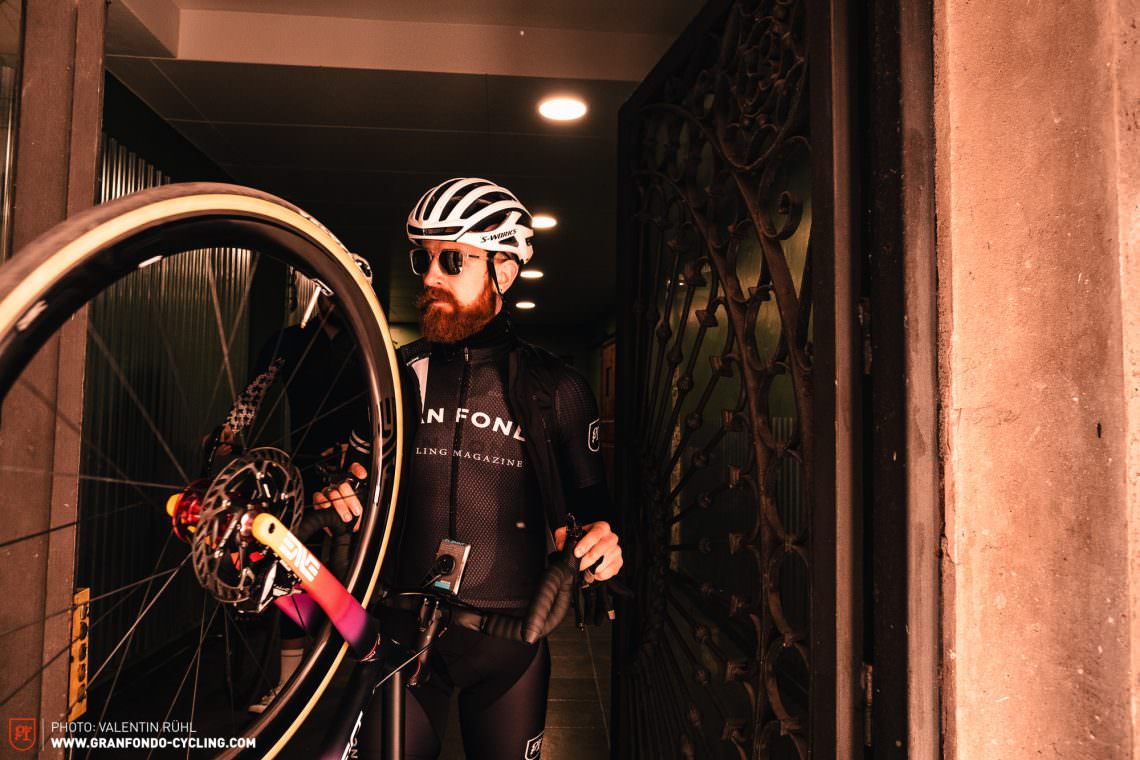
Before setting off your ride, the last thing to do before putting the helmet on your head is open up the battery case of the ANGi sensor to turn off the battery’s transport lock. Flashing green LEDs inform you when it’s ready. Now time’s to open up the Specialized Ride app to ensure the sensors are working. It’s super intuitive to connect the sensor using Bluetooth, but it asks for credit card details to activate the sensor – despite knowing that the first year of the app is free, this admittedly puts a bit of a dampener on proceedings. Adding and assigning emergency contacts is straightforward, and you’re able to determine the amount of time before the alarm signal is sent out to your contacts. Then there are the more fundamental tracking functions too, like recording your rides and seeing the data. But enough of the phone: it’s time to ride.

The Specialized S-Works Prevail II is exactly what you want from a decent helmet: unobtrusive, and so comfy it’s barely there. Weighing in at a mere 265 grams and built with comfort-enhancing padding, it’s easy to forget you’re wearing the helmet, which – broken down – sets you back 1.05 grams per Euro. Our First Ride took place at a fresh 0 °C, which confirmed just how well ventilated the Prevail II really is. As the biting headwind scythed through the helmet, we realised that caps and hats are most definitely appropriate for winter riding and that the ventilation will truly play to its strengths in warmer temperatures.

Price and availability
The S-Works Prevail II is out now in six colorways and three sizes (Small, Medium & Large) and available online or in store at reputable details. It retails at € 279. 265 g in matt white, size M.
Conclusion
The S-Works Prevail II helmet stands out thanks to its high level of comfort and intelligent safety features, thus proving that good product design can also be defined by functionality, not by flashy colours and curves.
Strengths
- Lightweight construction makes for a high level of comofort
- The ANGi-System is a life-safer, literally
Weaknesses
- The overall design seems a bit understated compared to other S-Works products
Price: € 279
Weight: 265 g in size L
Info: specialized.com

Did you enjoy this article? If so, we would be stoked if you decide to support us with a monthly contribution. By becoming a supporter of GRAN FONDO, you will help secure a sustainable future for high-quality cycling journalism. Click here to learn more.
Words: Photos: Valentin Rühl






